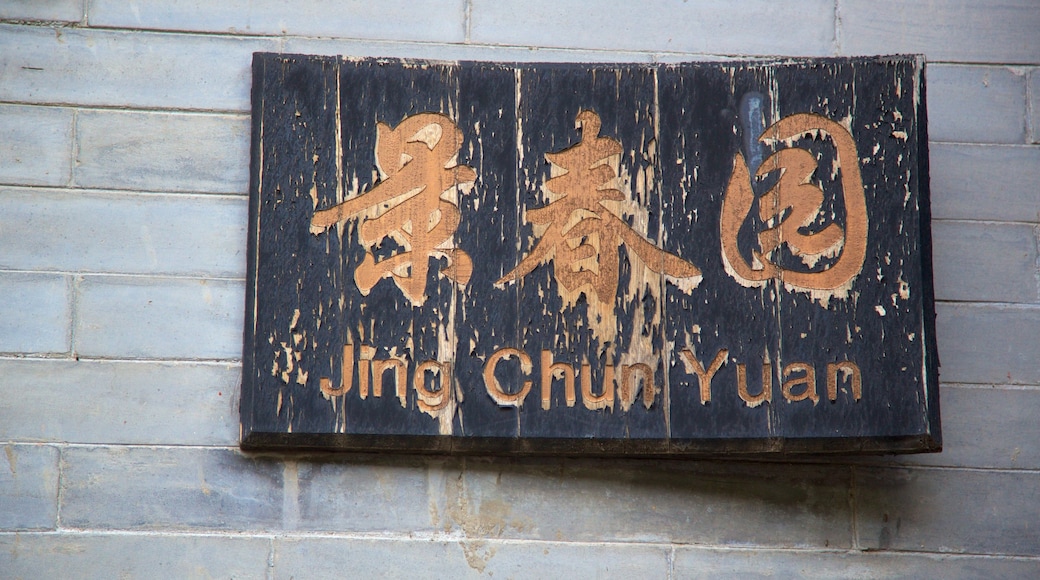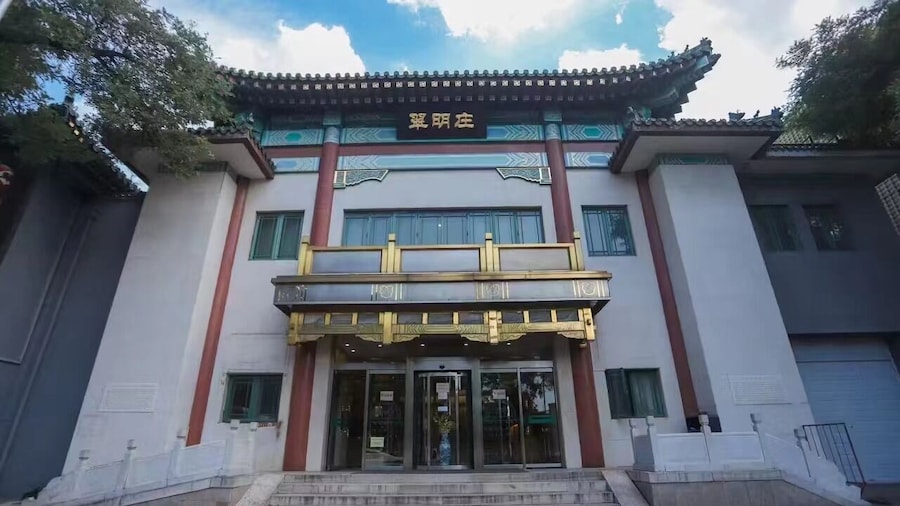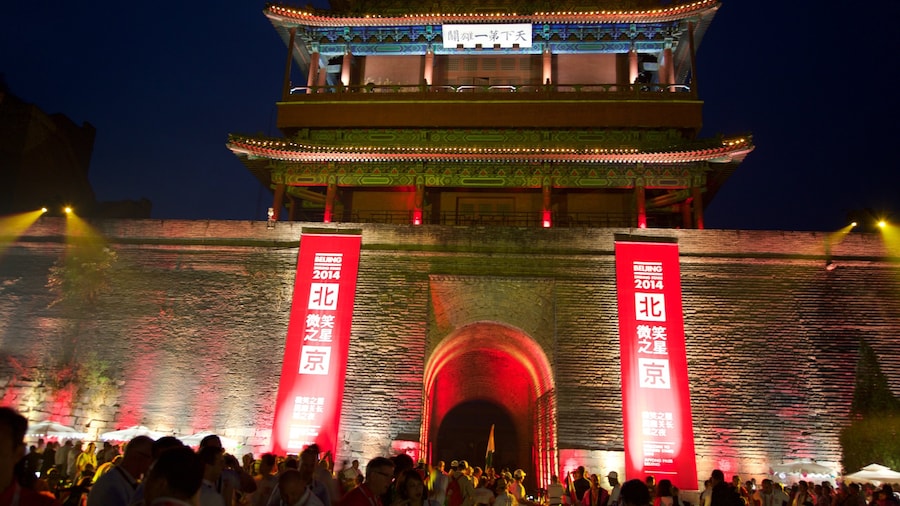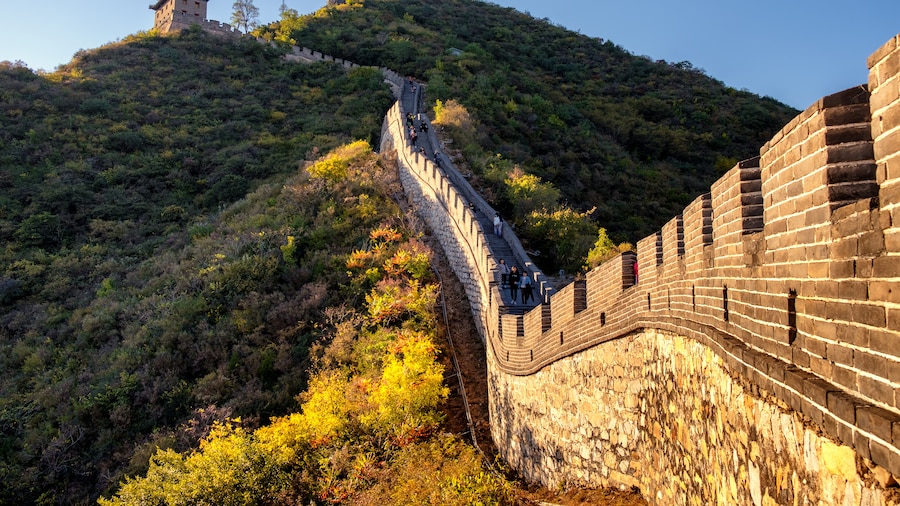The Great Wall of China Juyongguan is the closest part of these ancient fortifications to Beijing. This part, built between 770 B.C. and 221 B.C., is one of the principle mountain passes that the vast wall goes through and is called the Juyongguan Pass. Tour the historic architecture and take in the stunning vistas over the Jundu and Taihang mountains and valley.
Enter through the impressive gates that are topped by watchtowers. In the center of the pass is a huge white marble platform, known as the Cloud Platform. It once served as the foundation for several pagodas, but these did not survive past the 14th century. However, you can still see the carvings of Buddha figures and mantras in several languages on the walls and roof of the platform’s archway.
Study your surroundings to learn about the military techniques used to defend the pass. The wall stands a little over 20 feet (6 meters) high and is guarded by a few life-sized terracotta warriors and 15 watchtowers. The statues give an idea of how military armor and weapons would have looked during the Qin Dynasty.
Take a hike along the eastern and western sections of the wall. The west side is mostly uphill, with plenty of steps, but rewards hikers for their efforts with great views. Here you will find Biaozhong, Guandi and Chenghuang Temples, Sifang Pavilion and soldiers’ living quarters.
The east wall runs toward and over a waterway between two mountains. It incorporates a Water Gate which controls and captures the water flowing down from the mountain pass. While you are here, stop by the Zhenwu Temple, Lvzhu Temple and Changduan Pavilion. Study the Earthen Castle, which is laid out in a half-circle and was once used to trap enemy soldiers.
The hike along both sections takes between 3 and 4 hours.
The Great Wall of China Juyongguan is approximately 37 miles (60 kilometers) from downtown Beijing and can be reached by bus or car. There is a parking lot on-site. The pass is open daily and admission charges apply.



















